Barter Letter Template for Simple and Effective Trade
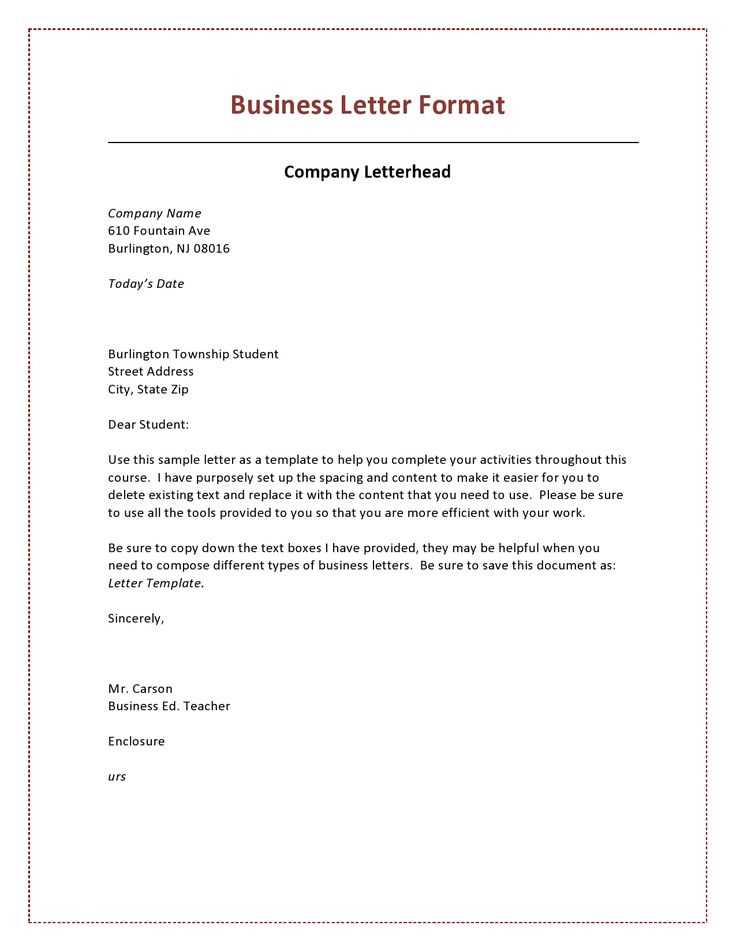
When engaging in a trade where goods or services are exchanged without money, it’s important to have a written understanding between the parties involved. This document serves as a clear record of the terms, ensuring both sides are on the same page regarding their expectations. Crafting an effective agreement can help avoid misunderstandings and protect all parties in the process.
Why Written Agreements Matter
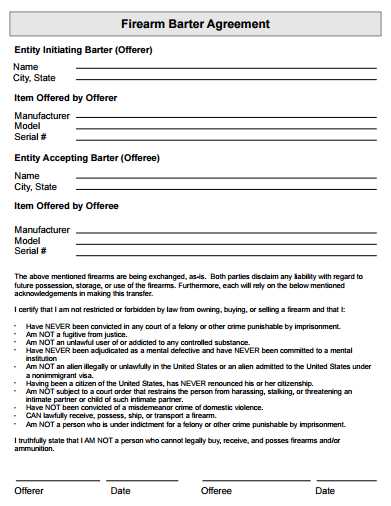
Having a formalized agreement is crucial in any exchange. By documenting the specifics, it helps outline the responsibilities and ensures that both parties fulfill their part of the deal. This type of document can help resolve any future disputes and make sure that the trade occurs smoothly.
Key Details to Include
- Parties Involved: Clearly state the names and contact information of everyone involved in the transaction.
- Exchanged Items: Specify exactly what goods or services will be traded.
- Conditions of the Agreement: Outline how and when the trade will take place and any other conditions that must be met.
- Duration: Mention the time frame in which the exchange will occur.
Common Pitfalls to Avoid
Even when both parties agree on the terms, it’s easy to overlook important details. Some common mistakes include:
- Vague Descriptions: Be as specific as possible to avoid confusion later.
- Failure to Include Deadlines: Without clear time frames, expectations can be unmet.
- Lack of Signatures: Ensure both parties sign the document to formalize the agreement.
How to Draft the Document Effectively
Start by using simple language to outline the key points of the exchange. Avoid overly complex terms and ensure both parties fully understand the agreement. Once drafted, review the document to confirm all necessary details are included. Both sides should have a copy for reference, ensuring a smooth and transparent exchange.
Understanding Trade Agreements and Effective Documentation
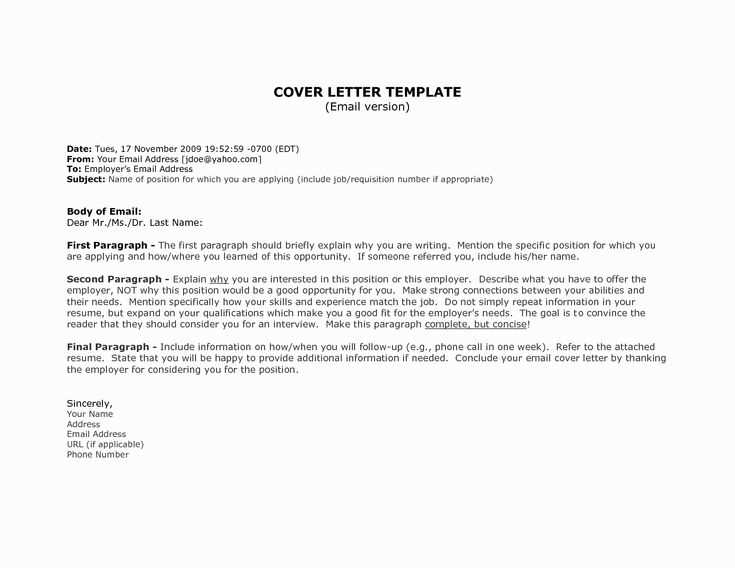
When two parties agree to exchange goods or services instead of using money, it is essential to have a written understanding in place. This document serves to outline the terms and ensure both sides fulfill their obligations, minimizing the risk of misunderstandings. The following section explores the key components of such agreements and the process involved in creating them.
Steps to Create an Exchange Agreement
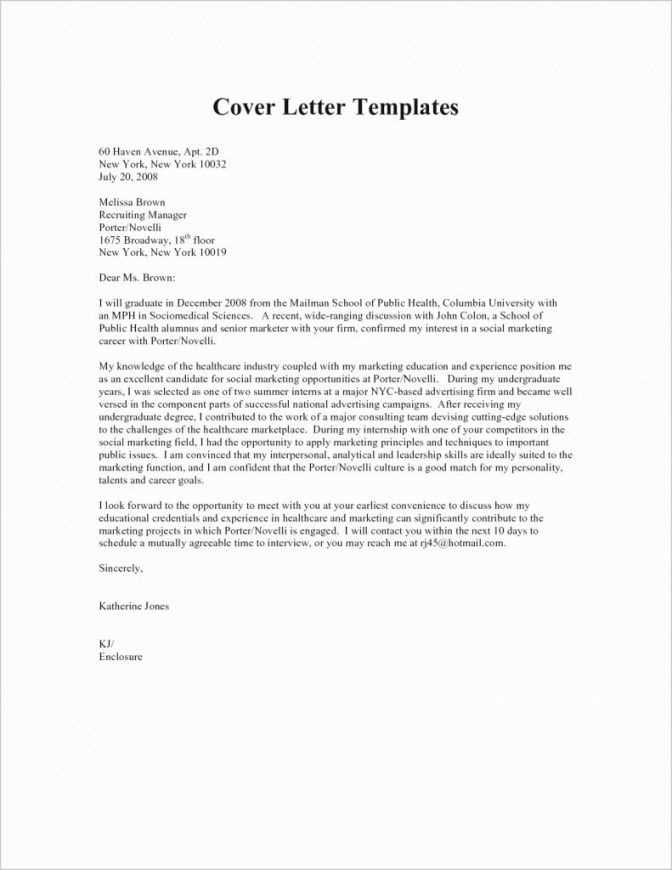
To create an effective agreement, start by identifying the exact items or services being exchanged. Clearly define the responsibilities of each party, including time frames and any other conditions that must be met. Once the essential points are outlined, both parties should review the document to ensure accuracy before signing. Afterward, each side should retain a copy for reference to avoid future disputes.
Key Components of a Trade Agreement
An exchange agreement should include several key details to ensure both parties are aligned in their expectations. The document must specify:
- The names and contact information of both parties.
- A precise description of what is being exchanged.
- Conditions and timelines for the exchange.
- Consequences if the agreement is not honored by either party.
Incorporating these elements ensures the agreement is clear, reducing the likelihood of conflicts during or after the trade.
Benefits of an Exchange Agreement
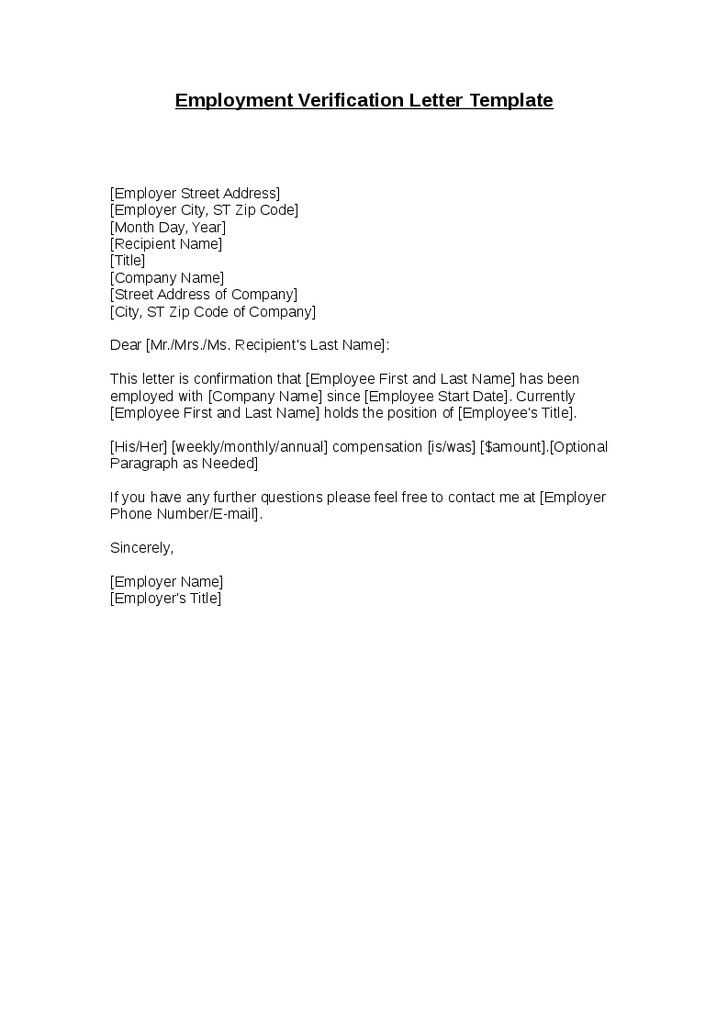
Both parties stand to gain from having a formalized document for their trade. By establishing clear terms, the agreement protects the interests of everyone involved. It ensures fairness and transparency, offering peace of mind that both sides are getting what was promised. Additionally, it fosters trust between participants, which can encourage future collaborations.
Legal Aspects of Trade Agreements
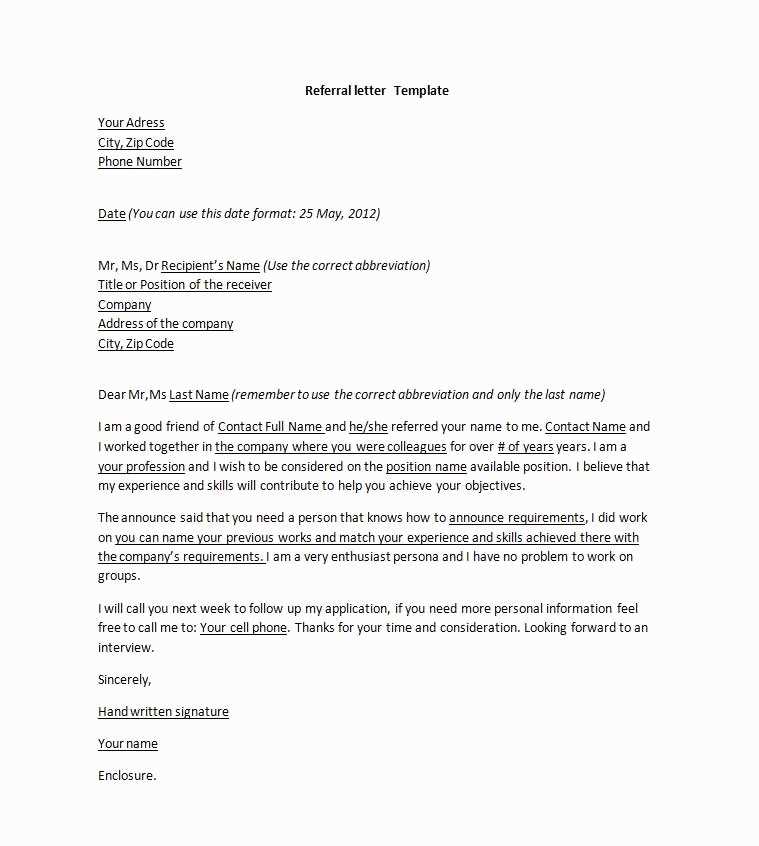
Although the agreement itself is a practical tool for facilitating the exchange, it also carries legal weight. Depending on the nature of the exchange, it can be enforceable by law. Both parties should be aware of any legal implications, such as the necessity for written documentation in certain jurisdictions or the requirements for including specific clauses to make the agreement legally binding.
Effective Practices for Drafting Trade Agreements
To ensure your exchange agreement is effective, consider the following practices:
- Use clear and simple language to avoid confusion.
- Always outline the rights and obligations of each party.
- Include dispute resolution methods in case disagreements arise.
Following these best practices helps prevent misunderstandings and ensures both sides are held accountable to the terms set forth.